Anime Expo 2024 is past – you can read all our excellent coverage here – but the takeaways and rumination are still rolling out. One rumination which got a lot of attention was a Twitter thread by The Beat’s own Deb Aoki. We did a Threadreader unroll, and cut and pasted. It’s a little rough Sorry for the broken images) but you should get the jist. It touches on how aspiring creators can get into the manga world, how many aspiring manga creators there are, and so on. For the discourse, you’ll have to go to X, but Deb’s thoughts seemed worth preserving here:
One takeaway from #ax2024 is how many people desperately want to draw manga, but don’t know how to get to the level where they’ll get published / can go pro. When i tell them that if they want to work in Japan, they should learn to speak/read Japanese, they’re so sad.
After talking with JP manga & US comics editors, I’ve heard a few common themes / tips for aspiring manga / webtoon creators:1. Start with one-shot short stories, and do a lot of them! It will help you build your storytelling muscles and develop your individual art style
A great way to start on your 1-shot story journey is to read 1-shot stories or early short-story works by manga artists — the Tatsuki Fujimoto “before chainsaw man” collections fr. @VIZMedia & Ryoko Kui (Delicious in Dungeon) collection fr @yenpress are terrific places to start.
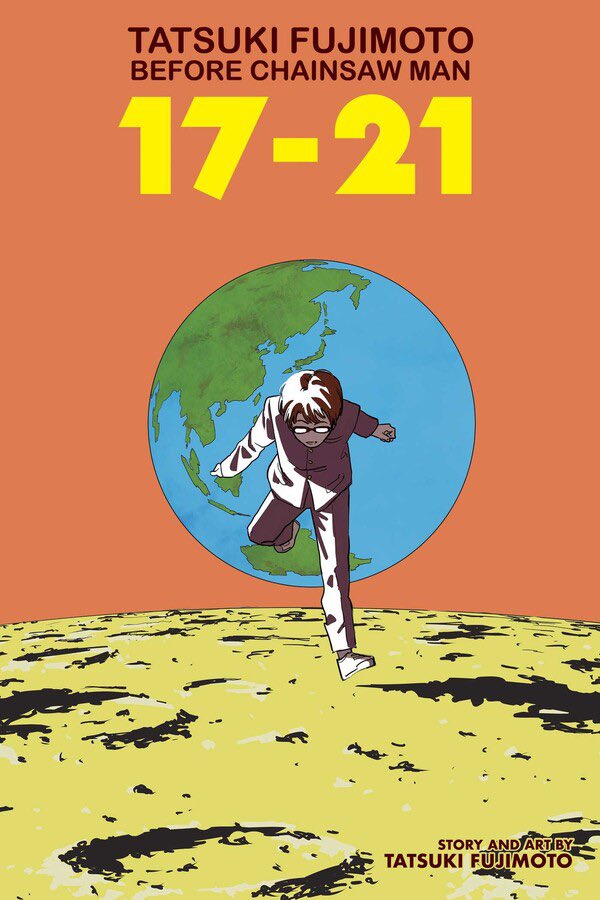
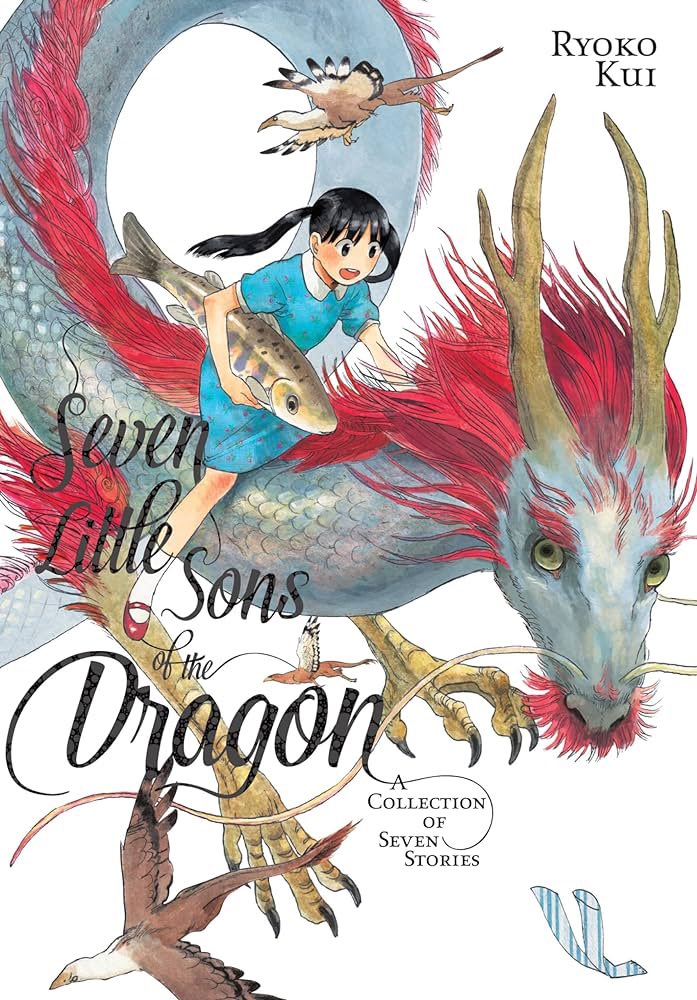


Biggest mistake i see from aspiring manga artists: making their first project that ambitious, epic multi-volume manga story they’ve been dreaming of drawing since they were kids. My tip: DON’T do this. Build skill with short stories first.
My other tip for aspiring manga artists: pay attention to your paneling/komawari and page composition. Is your story easy to read, intuitive for readers to follow the action, dialogue and when/where things are happening? More tips: manga-audition.com/japanesemanga1…
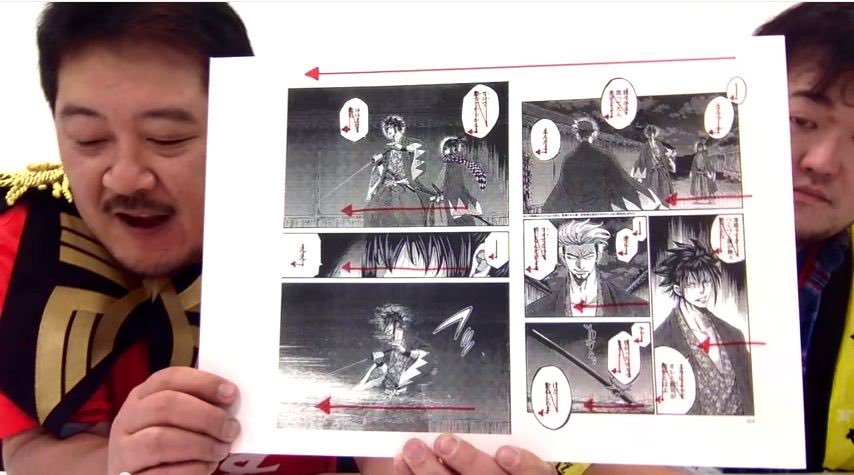

The good news for aspiring manga creators: you’ve got more opportunities than ever to get your work seen by manga editors & possibly get published than ever before. The @VIZMedia Originals and One-Shot programs are worth a shot: #AX2024 viz.com/create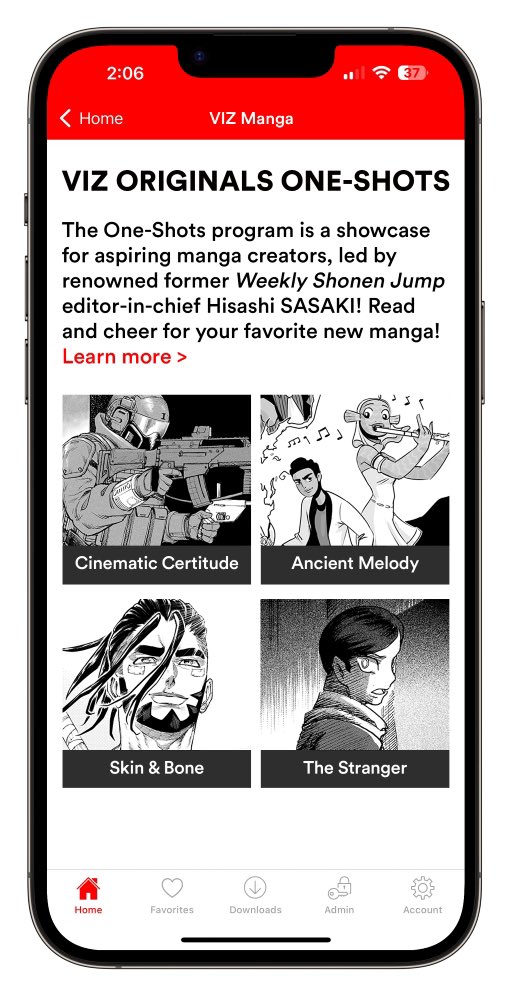
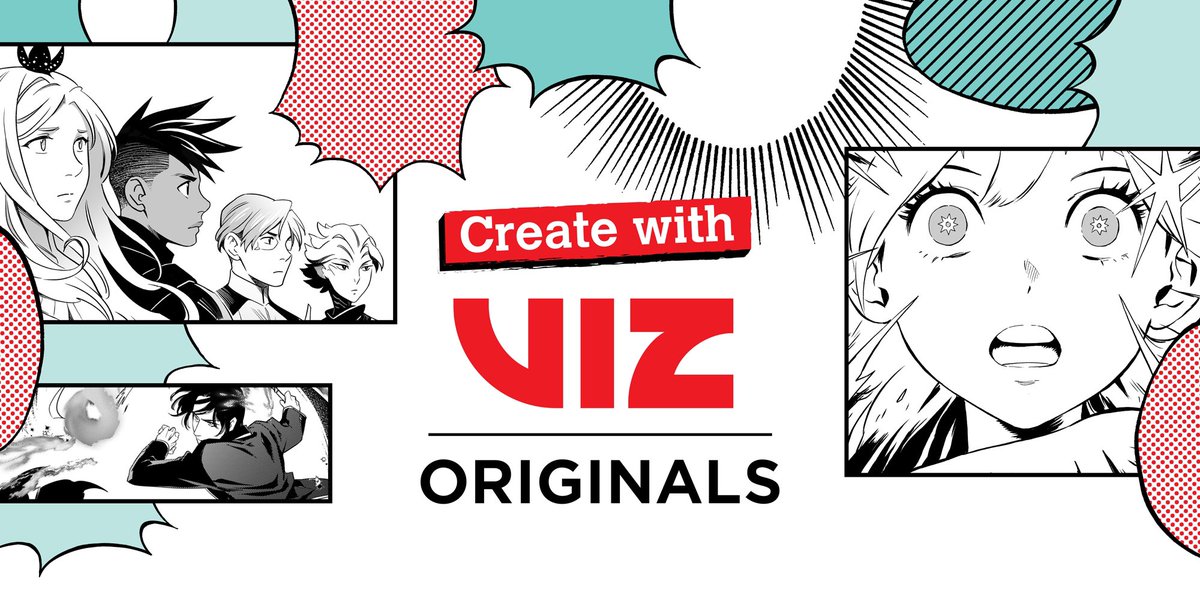


It was just striking how many people stepped up to the mike during the Q&A time at manga panels at #ax2024 asking about how to become professional / published manga artists. But maybe i’ve become more acutely aware of the issue after teaching my manga class at @ccacomics
A common weakness i see in work from aspiring manga/comics artists is that they spend too much time drawing pin-up/cover art illustrations of characters, but not enough time really thinking about their characters’ personalities, backstories, and interactions with others
What makes stories like Delicious in Dungeon and Spy x Family so delightful and memorable for fans is how each character has a distinct look and personality, and their interactions are fun and true to their motivations, moods and circumstances
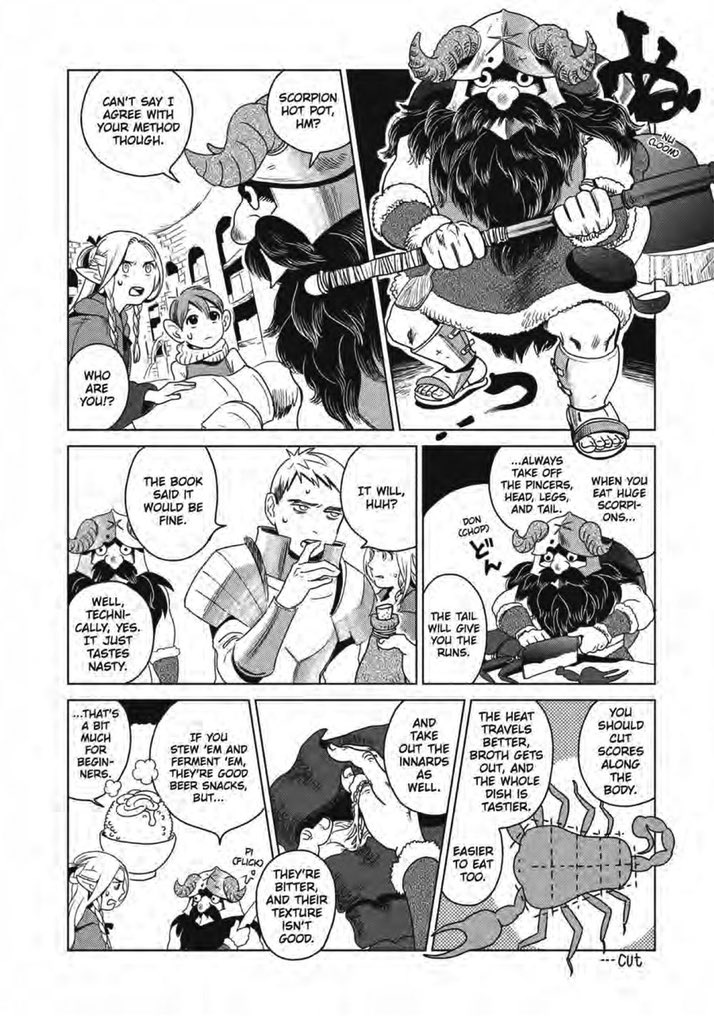
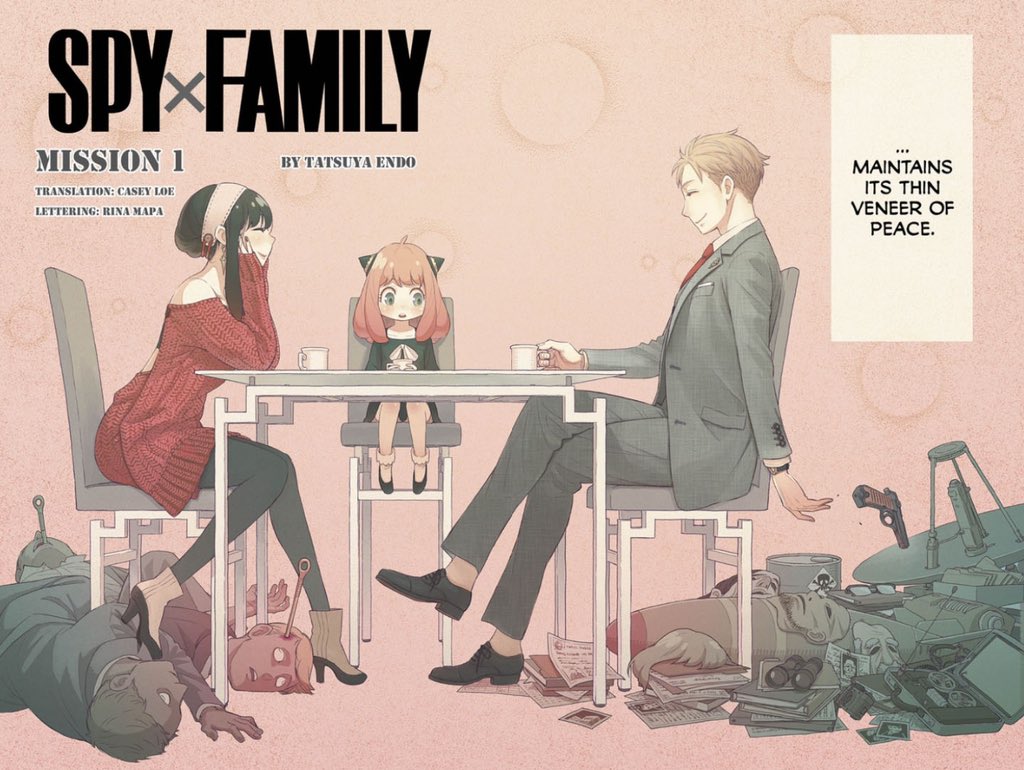


Drawing comics pages is only one part of making manga — you need to also understand visual storytelling, pacing, how to write dialogue, create interesting characters, and how to engage readers to keep them coming back for more. It takes time & practice to master these skills.
Today’s session with @KodanshaManga editors from Morning, Afternoon, Shonen Sirius, and Young Magazines at @ccacomics in SF today pretty much confirmed a lot of the tips i mentioned in this thread… but here are a few more: “always make your deadlines!”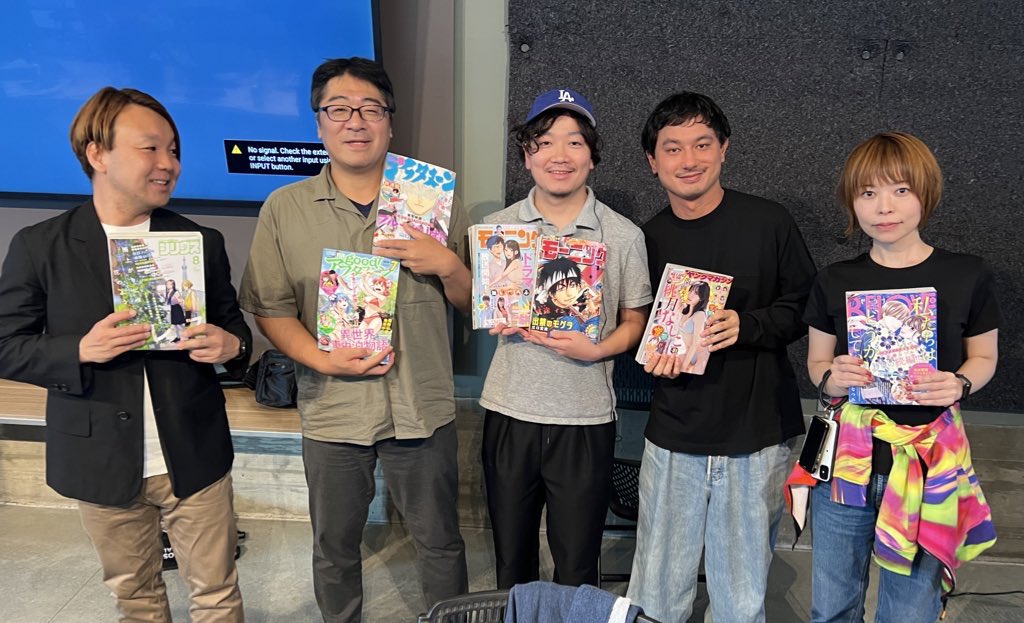

@KodanshaManga @ccacomics Yusuke Kido, editor at @KodanshaManga’s Afternoon added, “some manga artists are fixated on creating something a certain way. But you have to consider the tastes of your readers as well.” I agree. It’s one thing to stick to yr vision, it’s another to be stubborn/inflexible.

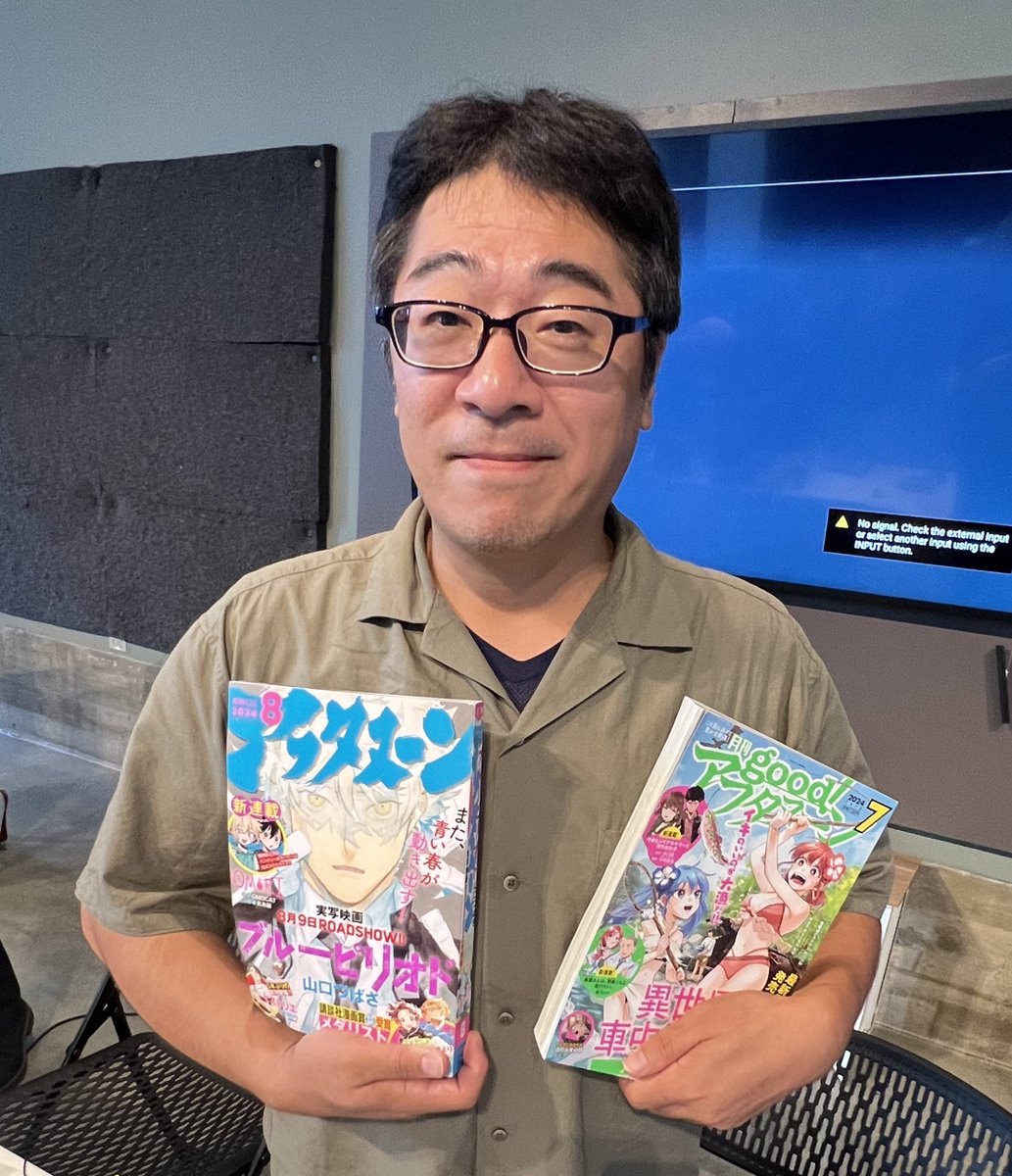


@KodanshaManga @ccacomics It’s not often talked about, but @KodanshaManga publishes some series by creators who aren’t originally from Japan. Historical action series “Isssk” is a collaboration between a JP writer Shinji Makari & a Korean artist, Double-S kodansha.us/series/issak/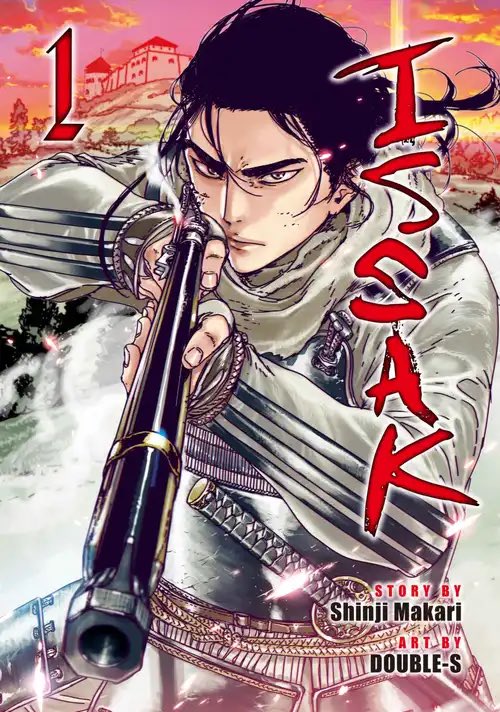
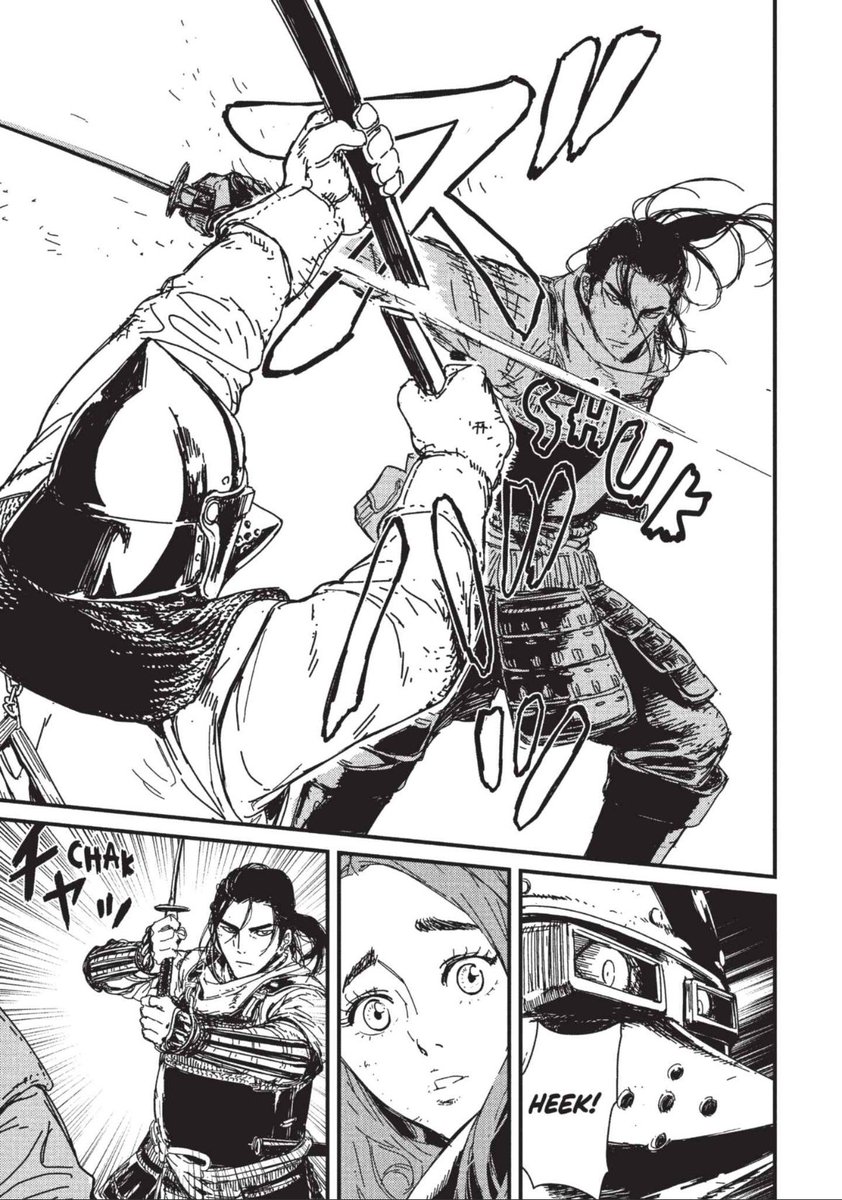


@KodanshaManga @ccacomics Also from @KodanshaManga is “A Kingdom of Quartz,” a fantasy series by Canada-based creator Bomhat. It’s serialized in JP monthly manga magazine Afternoon, i saw it on stores in Japan months before the English edition hit shelves here. kodansha.us/series/a-kingd…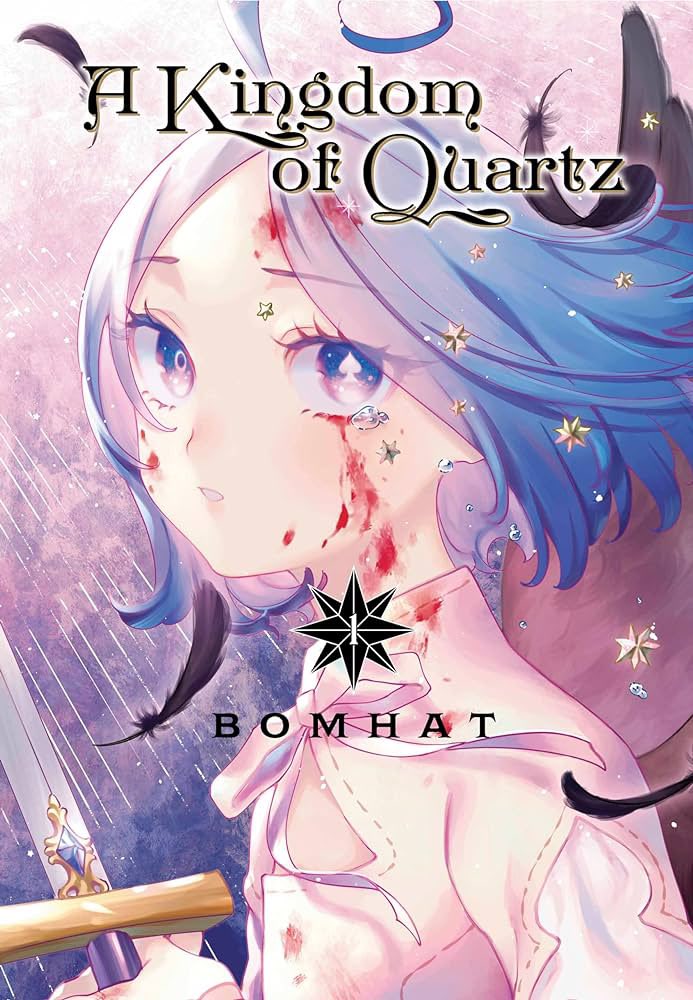
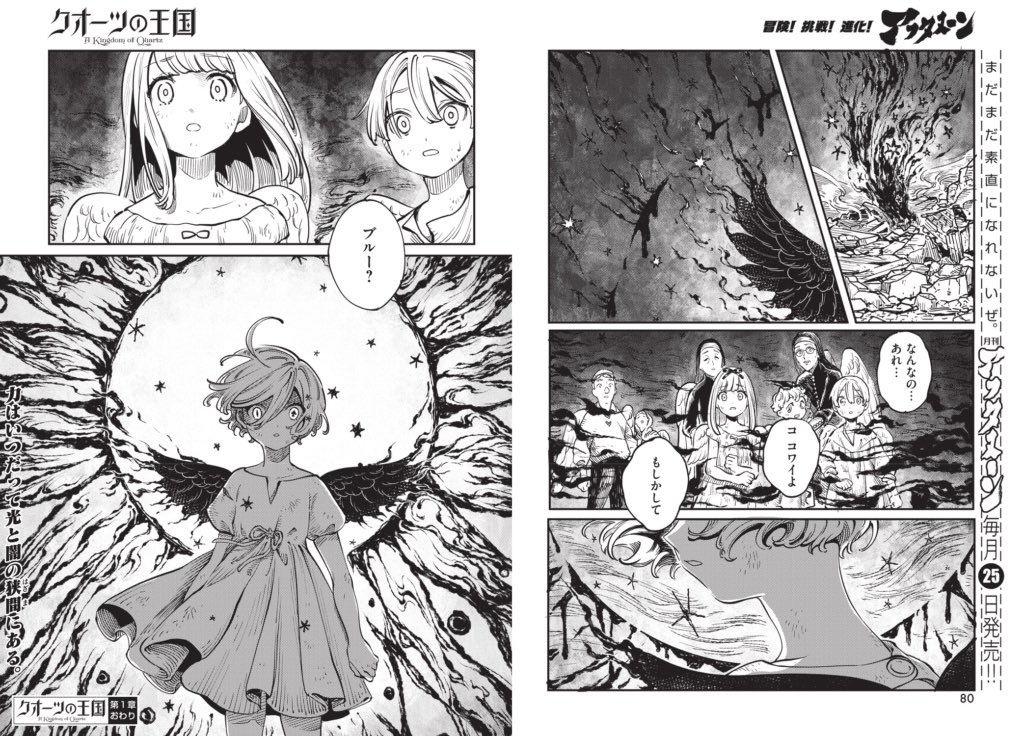


@KodanshaManga @ccacomics It was great to see the Japanese editors from these popular @KodanshaManga magazines explain their work to @ccacomics students today and ask them questions about the kind of manga stories they’d like to see. I hope we can do more of this kind of exchanges in months to come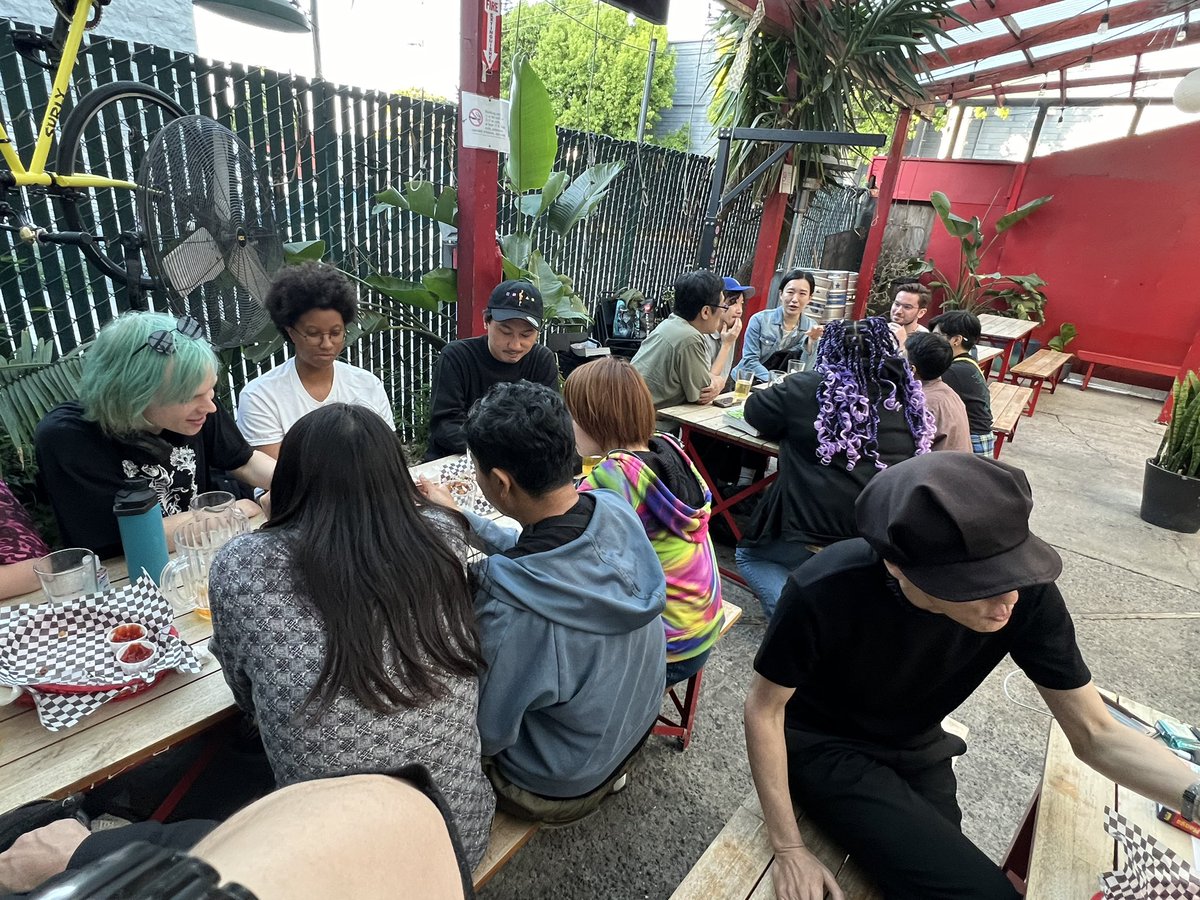
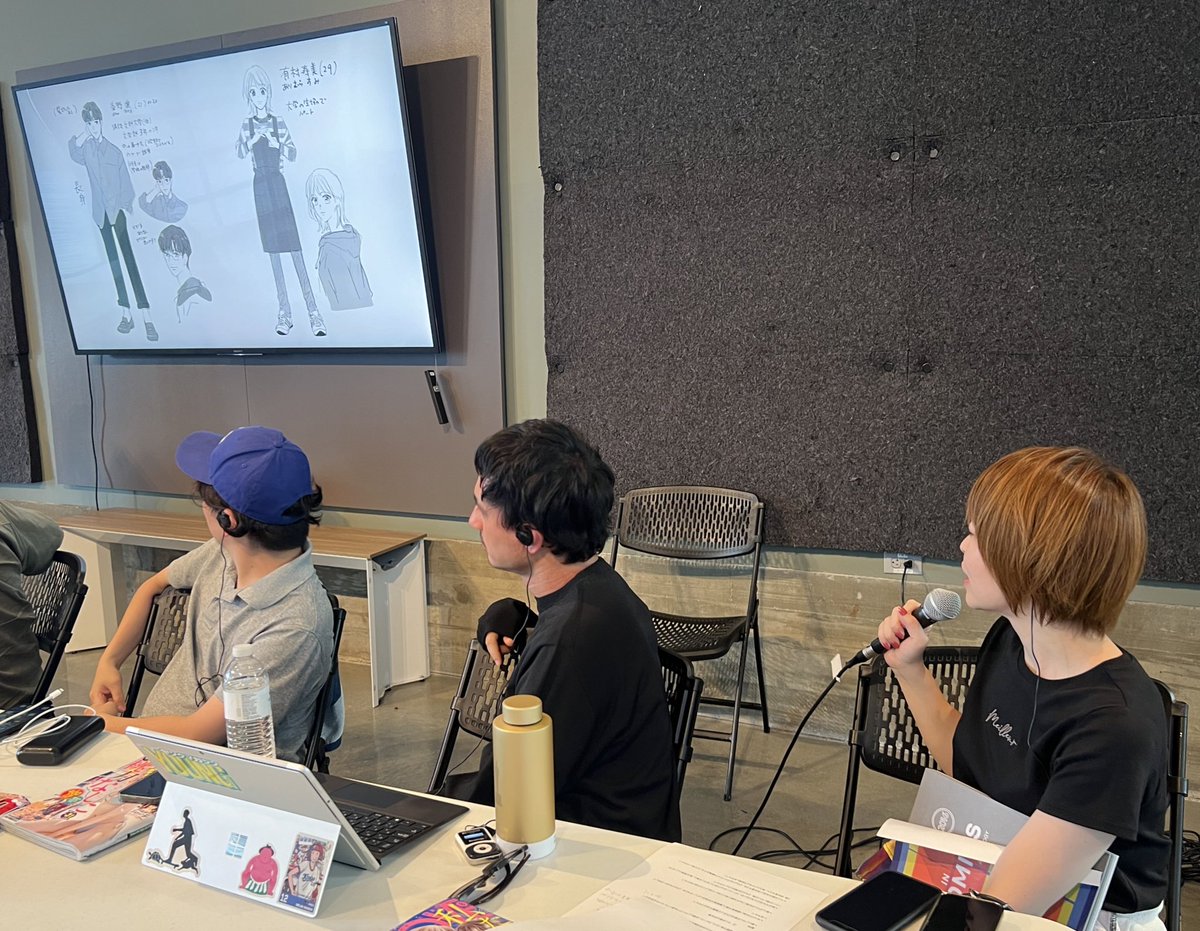
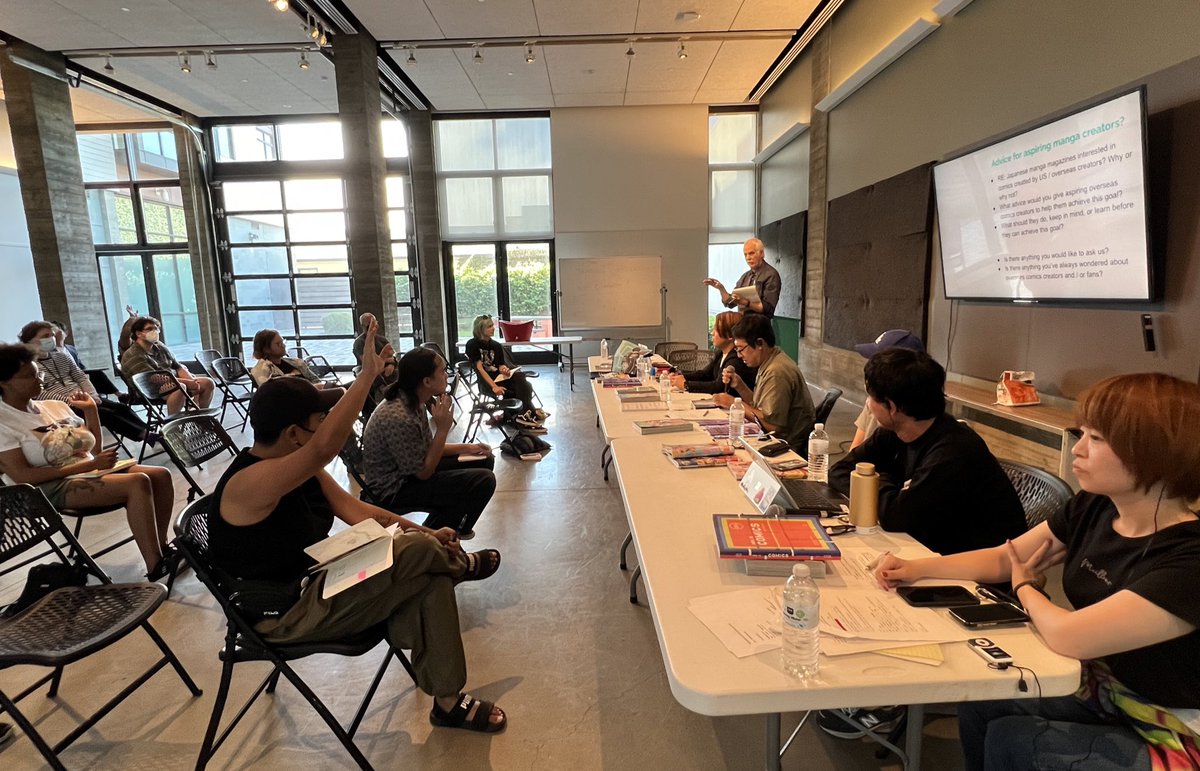
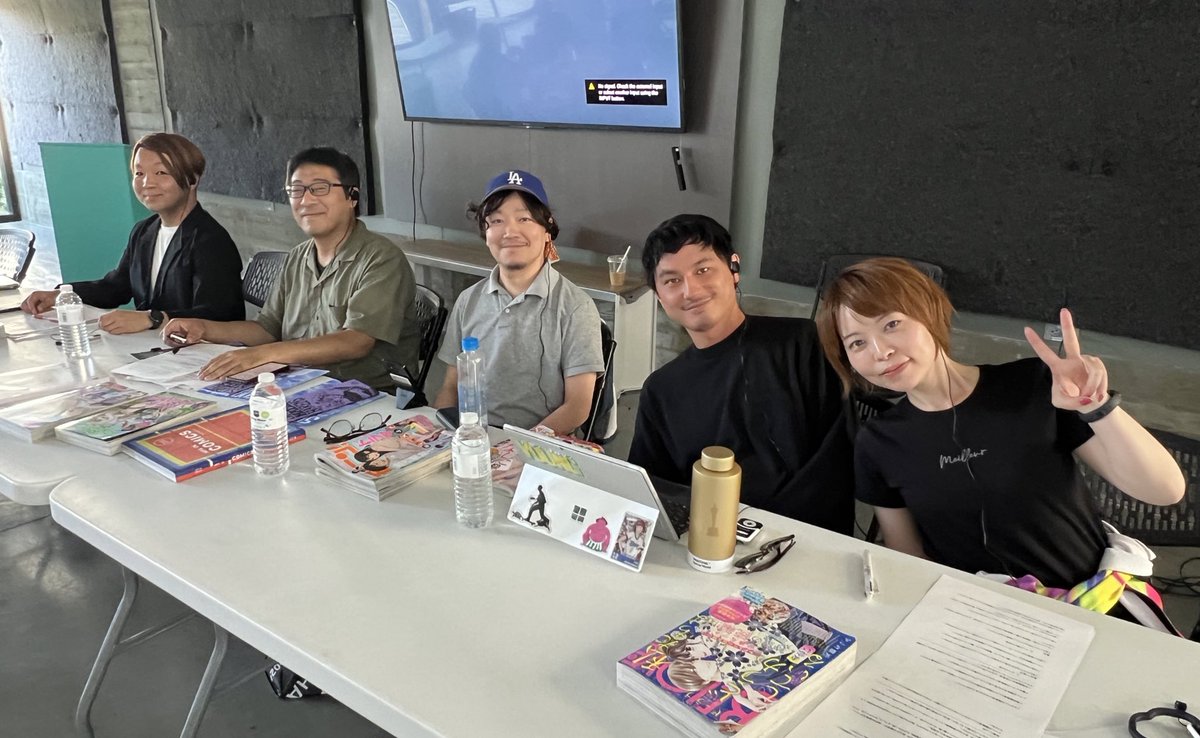




I said this another reply, but wanted to add it here:
one problem is that some aspiring manga creators outside of JP expect to break into the biz based on the playbook they see in manga… but the publishing / talent nurturing ecosystem in US/EU is not the same as it is in Japan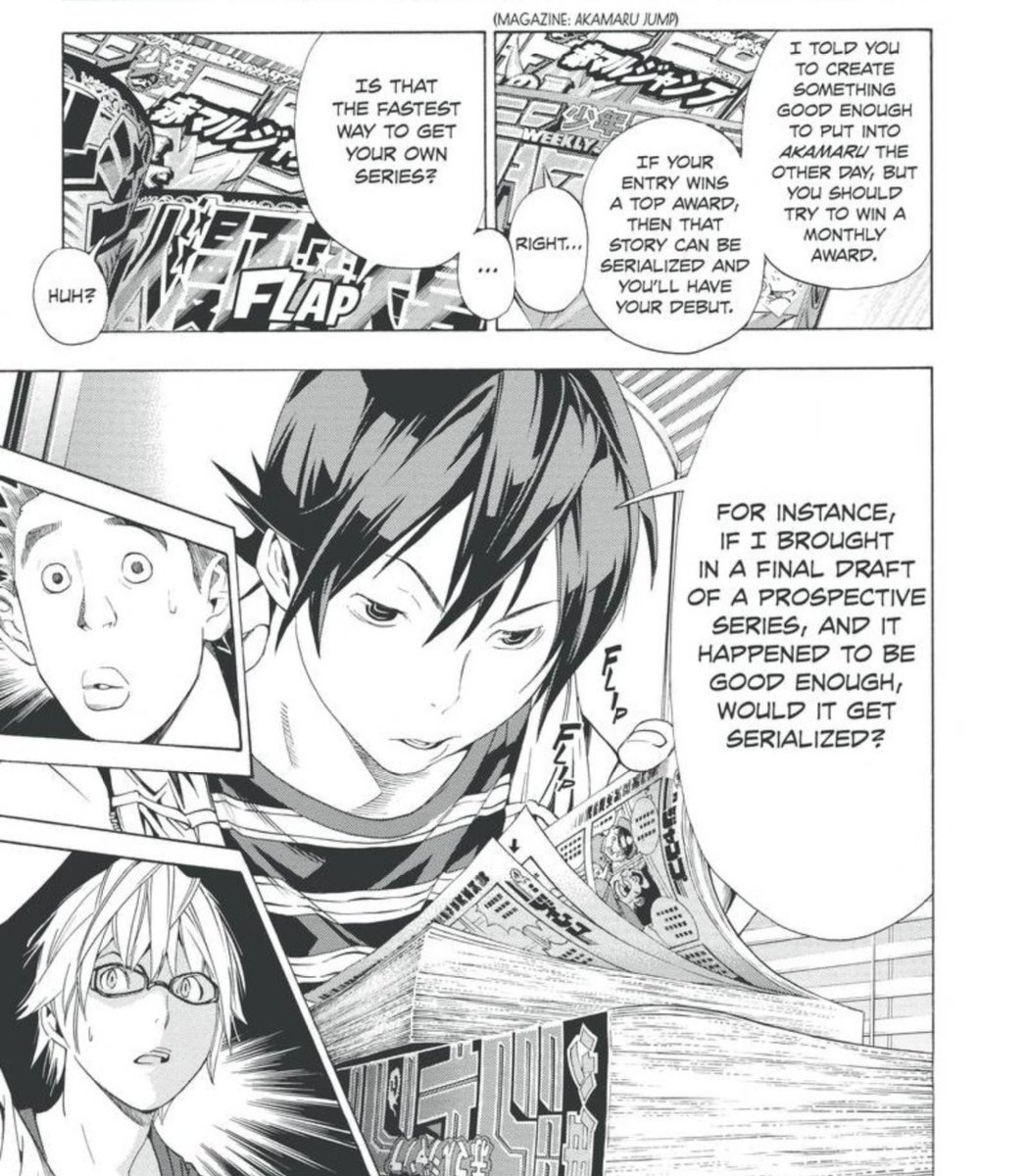
one problem is that some aspiring manga creators outside of JP expect to break into the biz based on the playbook they see in manga… but the publishing / talent nurturing ecosystem in US/EU is not the same as it is in Japan

Also: “cornering a busy manga publisher/editor/pro manga artist at a convention at any time *other* than a portfolio review with your drawings/manga pages isn’t the way to go for aspiring artists who want to break into the biz. Pros just won’t have time to give you real feedback.”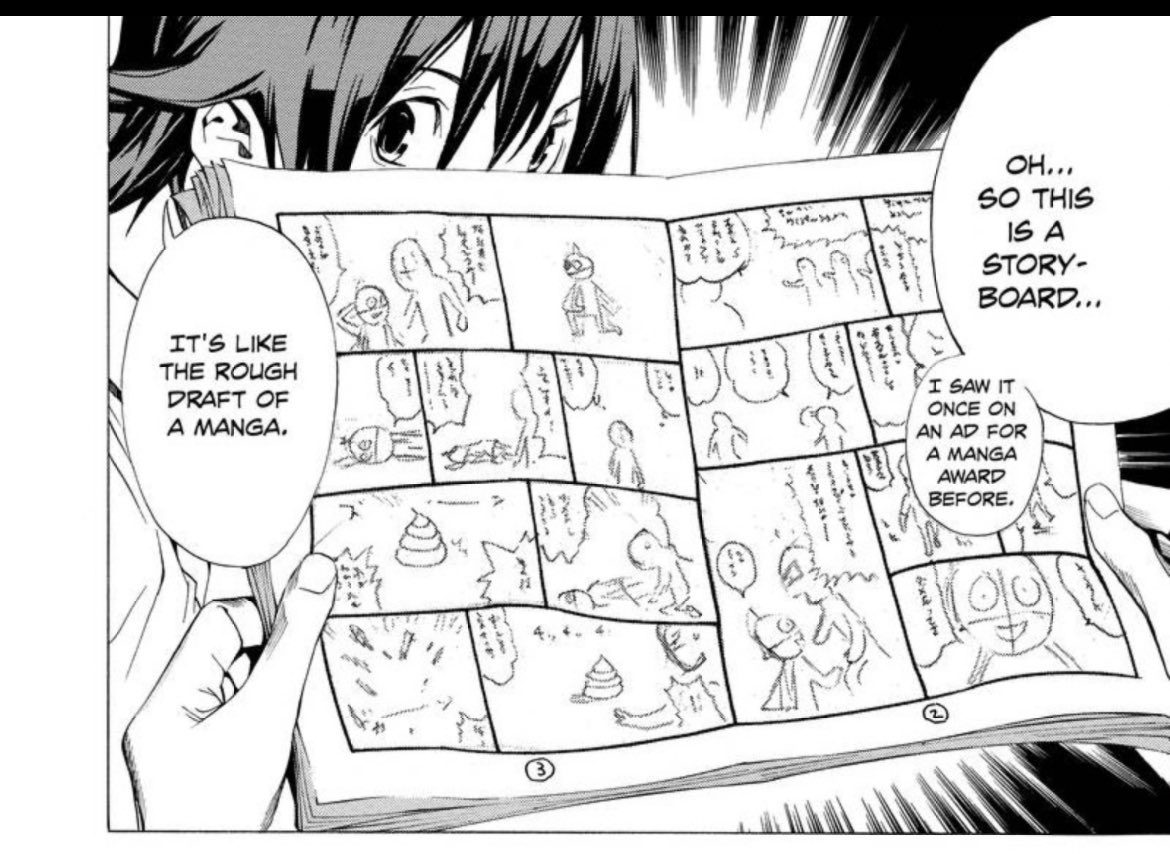

One thing that makes me sad about the US manga creator ecosystem is how creators end up spending more time & creative energy making prints & “merch” to sell in artists alley vs making comics. The Kodansha editors fr JP noticed this diff too & were slightly puzzled by this.

Meanwhile, when i go to comics/doujinshi shows in Japan like Comitia or Super Comics City — yes, ppl sell merch, but it’s primarily people selling printed comics. And the merch is mostly handmade/small production run goods.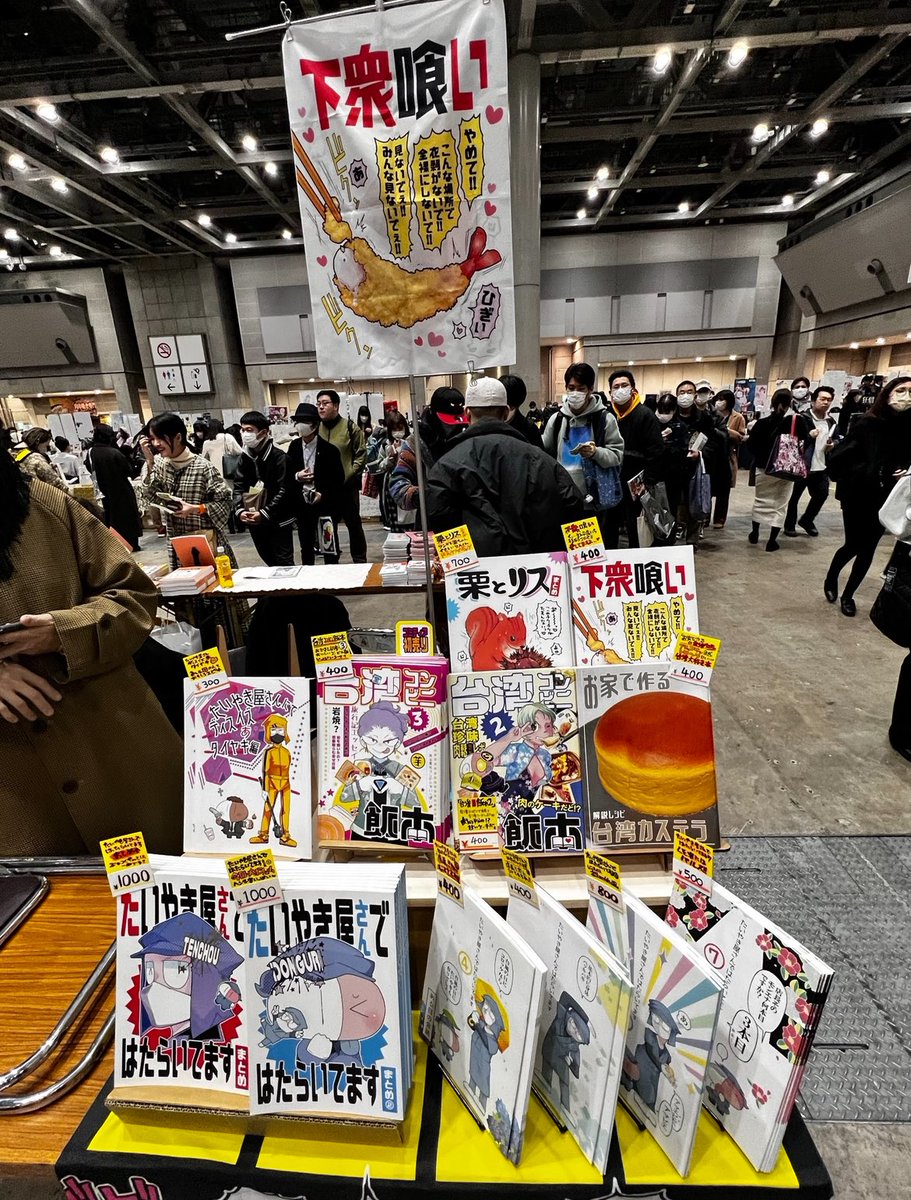
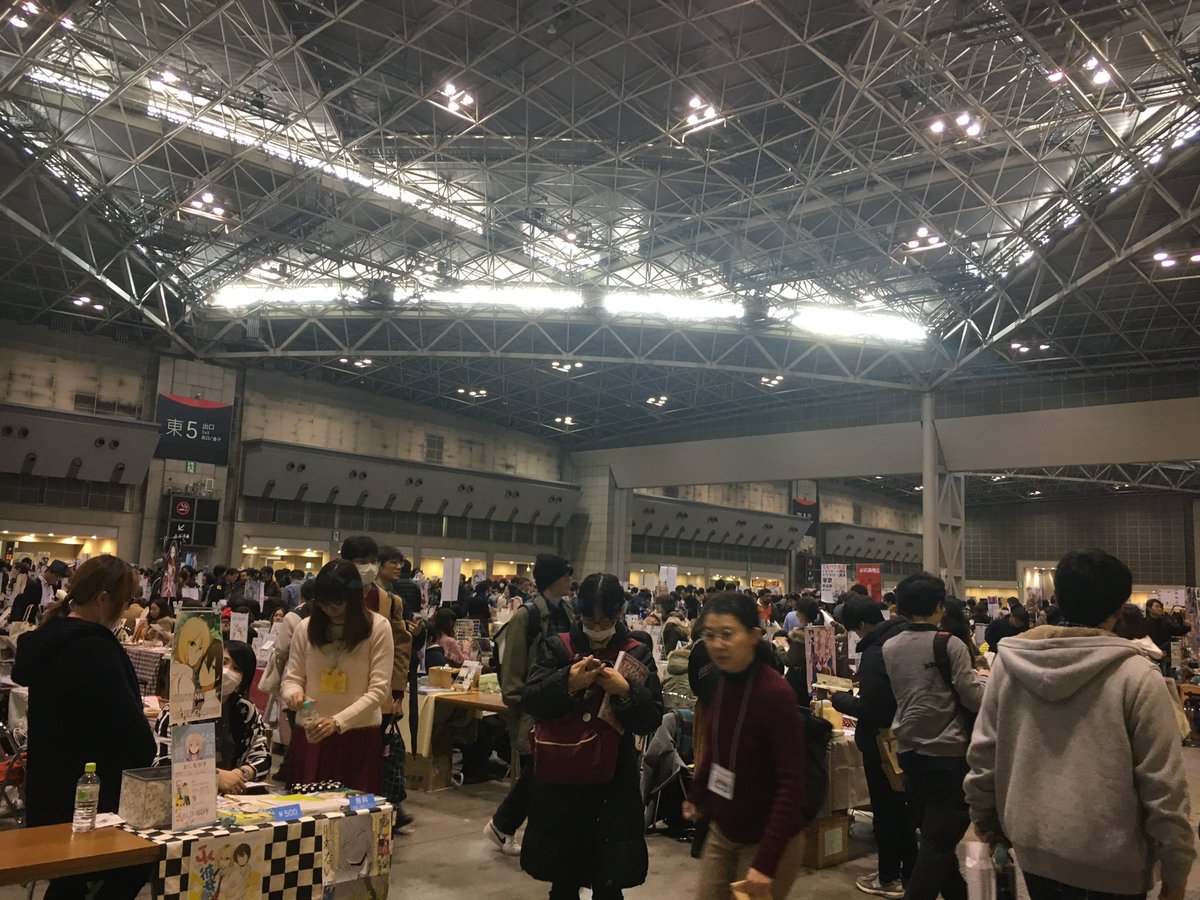
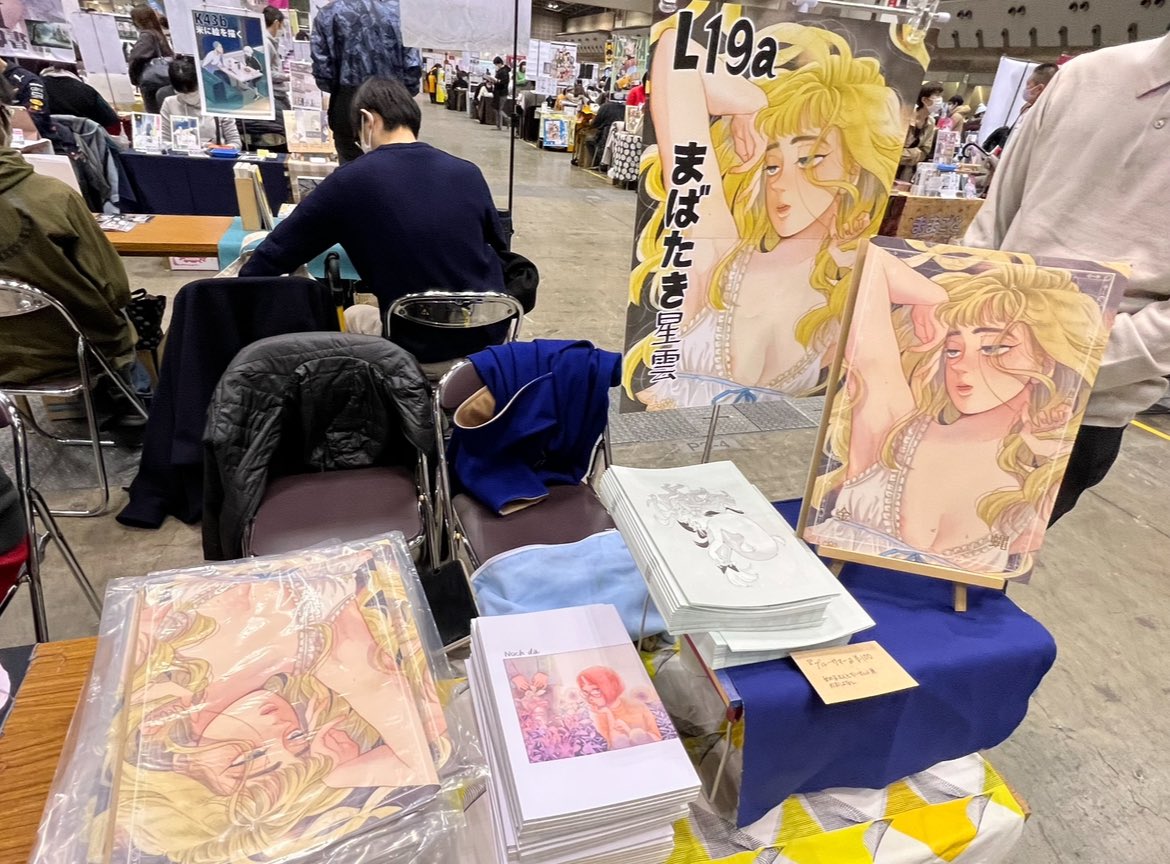



One reason for US Artists Alley focus on making “merch” to sell vs making comics is that AA tables at big anime conventions are expensive. Add in travel & hotel costs, and amateur/semi-pro artist are spending minimum $1000 – $2000+ just to be there.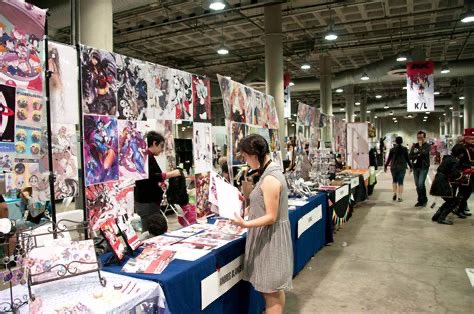

Meanwhile, comics shows in Japan like comitia cost maybe $50-$75 for a table. It’s only one day, so usually ppl don’t need to fly in or book hotels for several nights. Thus, artists’ costs to participate in JP comics shows = less pressure to make profits.

And portfolio reviews? That’s built into the Japanese comics shows I’ve visited. Table after table of manga magazine editors reviewing work by aspiring manga creators. At US anime cons? Not so much.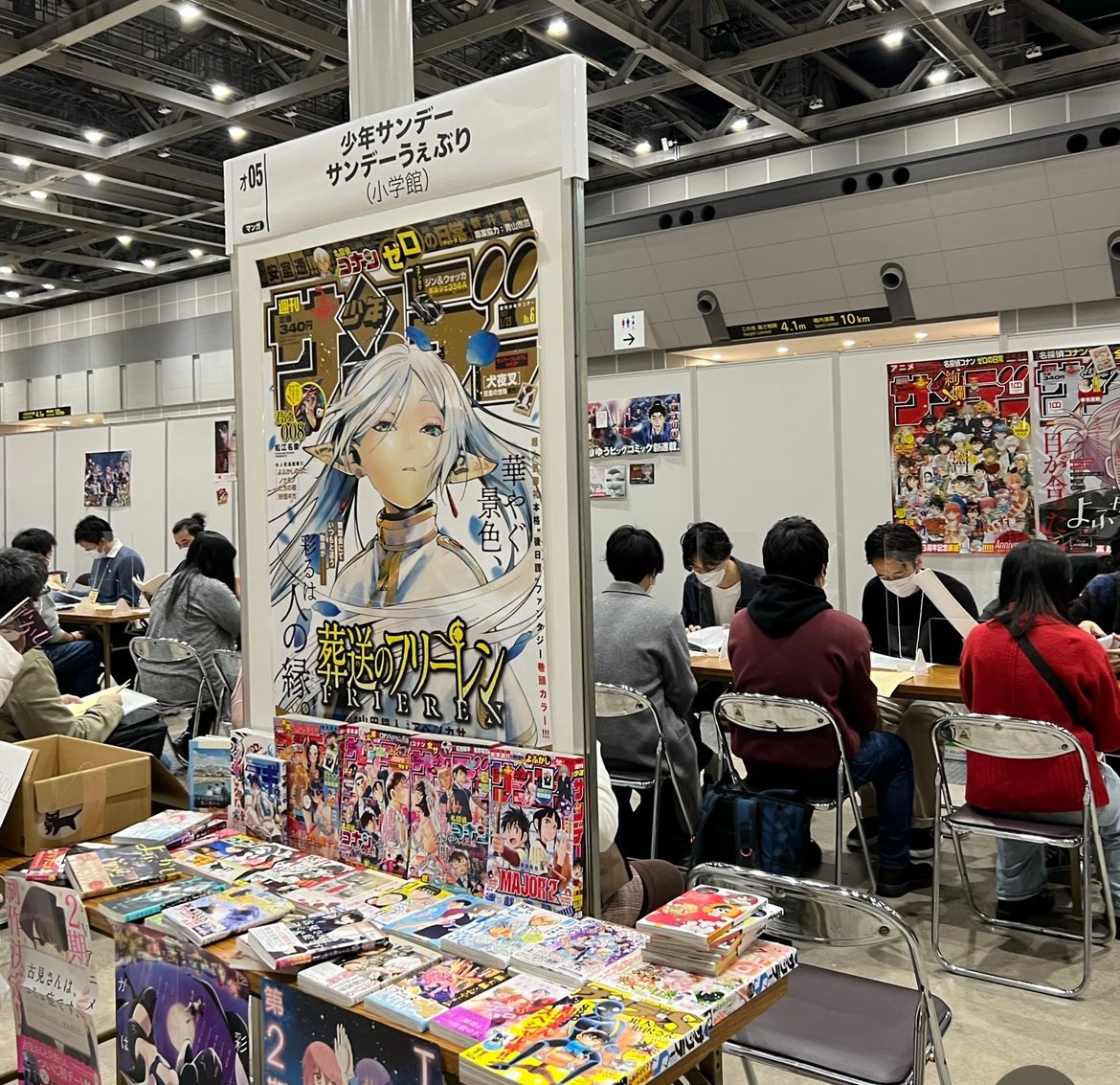

IMHO, In US, the pressure on aspiring comics/manga creators to make prints & merch instead of comics, + few opptys to get real feedback to improve their visual storytelling skills are factors that stunt/hinder their growth towards becoming pro comics creators.
This final comment on the proliferation of merch at shows prompted a spin-off discourse.
Seth T. Hahne: It’s not even just manga shows either. I stopped in at Wondercon‘s artist alley hoping to pick up some good minis and zines and 90+% of everyone there were just selling pinups and non-narrative merch. It was such a letdown.
It was pointed out that it is increasingly expensive to table, and selling tchotkes seems to be a surer way to make back table costs than comics, alas.
Anyway a lot to unpack – as manga has become mainstream, even more readers want to create it, but as Deb points out, it’s not an easily accessible path.



